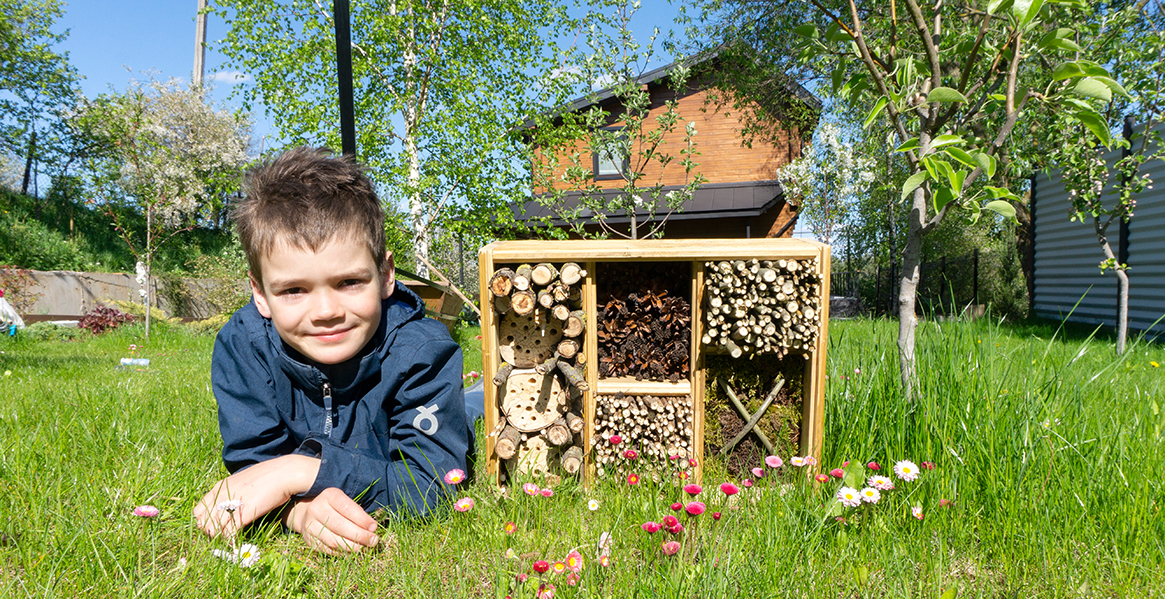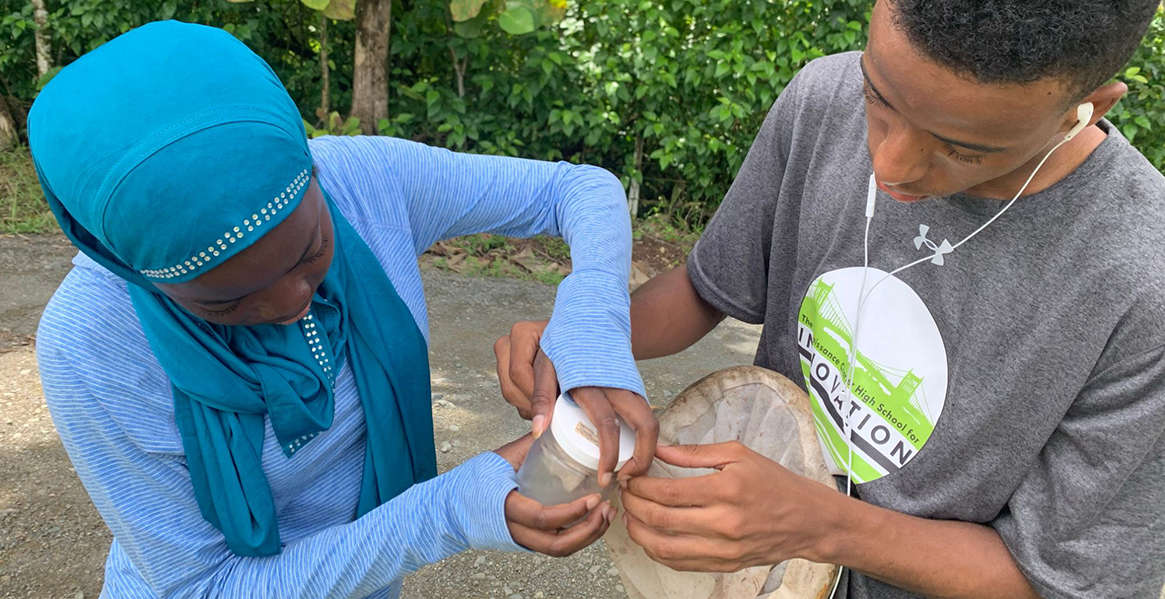.
6 Ways to Support Pollinators
Around the world, insect populations are in significant decline. The dwindling populations of pollinating insects is of particular concern, as they are essential for food production, human health, and ecosystem functioning. We want to share 6 ways you can take action to support pollinator health-- from mapping pollinator diversity in your neighborhood through Earthwatch's newest citizen science program, Global Pollinator Watch, to building bee houses to collecting critical pollinator data alongside scientists.
.
.
 Map pollinator diversity in your neighborhood to combat global pollinator decline
Map pollinator diversity in your neighborhood to combat global pollinator decline
You can take action to address global pollinator decline by helping researchers track pollinator activity and diversity in your neighborhood, wherever in the world that is, through Earthwatch’s Global Pollinator Watch program—all you need is a camera and access to the internet. Join the project on iNaturalist and read our guide on how to document species interactions.

.
.
 Make your outdoor space a safe haven for pollinators by planting native species
Make your outdoor space a safe haven for pollinators by planting native species
Spring is in the air, and many people are planning their yard renovation projects. You can help support your local pollinator pals by ensuring that your next project will not only look beautiful but also provide a home for bees, butterflies, and beetles. To find out which plants are native to your region and will help the pollinators in your backyard, use this resource from the Pollinator Partnership to search your postal code.

.
.
 Become a bee innkeeper
Become a bee innkeeper
North America is home to over 4,000 bee species, and most of them don’t form hives. Instead, many of them make nests in tunnels in decaying wood or sandy soil. But in areas heavily developed by humans, suitable nesting spots can be hard to find. You can ensure native bees near you have somewhere to call home by making bee houses. Make your own bee house using this guide.

.
.
 Help pollinator scientists around the world collect critical data
Help pollinator scientists around the world collect critical data
Consider signing up for a pollinator-focused Earthwatch expedition. Your contribution will help ensure researchers conducting critical pollinator research around the world get the support they need, and the time you spend in the field helping collect data will provide invaluable insights into pollinator diversity, behavior, and habitat quality. From the stunning desert canyons of Utah to the tropical cloud forests of Costa Rica to the high slopes of the Andorran Pyrenees, you can work alongside scientists to conserve these crucial species.

.
.
 Make your lawn care routine pollinator-friendly
Make your lawn care routine pollinator-friendly
The widespread use of insecticides is not only keeping pests out of our farmlands, gardens, and parks, it’s also decimating pollinator species around the globe. You can combat this issue by ensuring that your lawn care routine is safe for critical pollinator species. Make a commitment to invest your time in maintaining your garden without pesticides.

.
.
 Donate to a nonprofit that supports pollinator habitat and research
Donate to a nonprofit that supports pollinator habitat and research
If you’re a busy bee yourself and don’t have time to invest in pollinator, consider donating to a charity that protects native habitats, studies pollinator diversity, or contributes to policies that protect native pollinator species. Supporting these causes will ensure that these critical species are being protected.
Sign up for the Earthwatch Newsletter
Be the first to know about new expeditions, stories from the field, and exciting Earthwatch news.
.
.
.